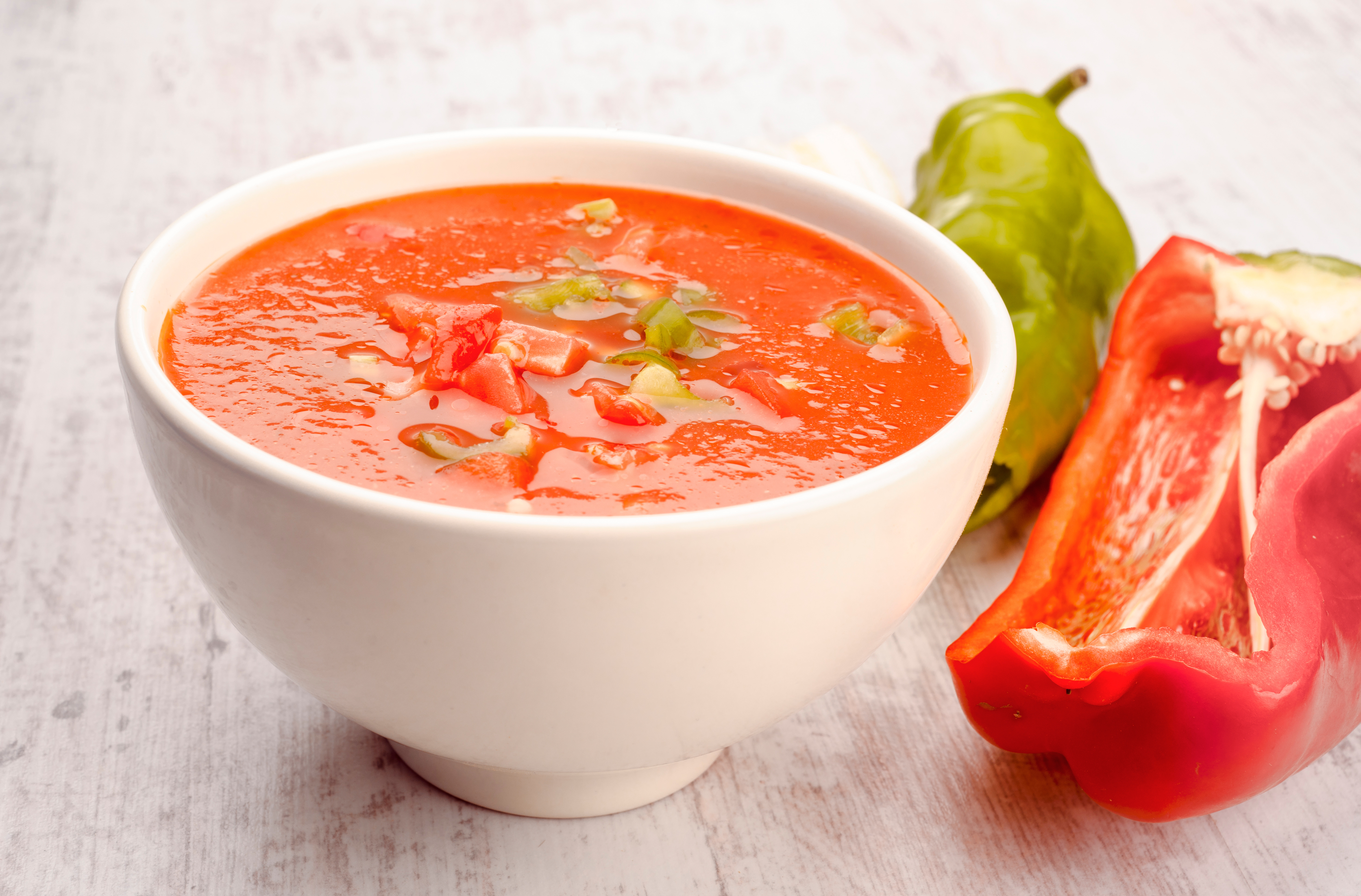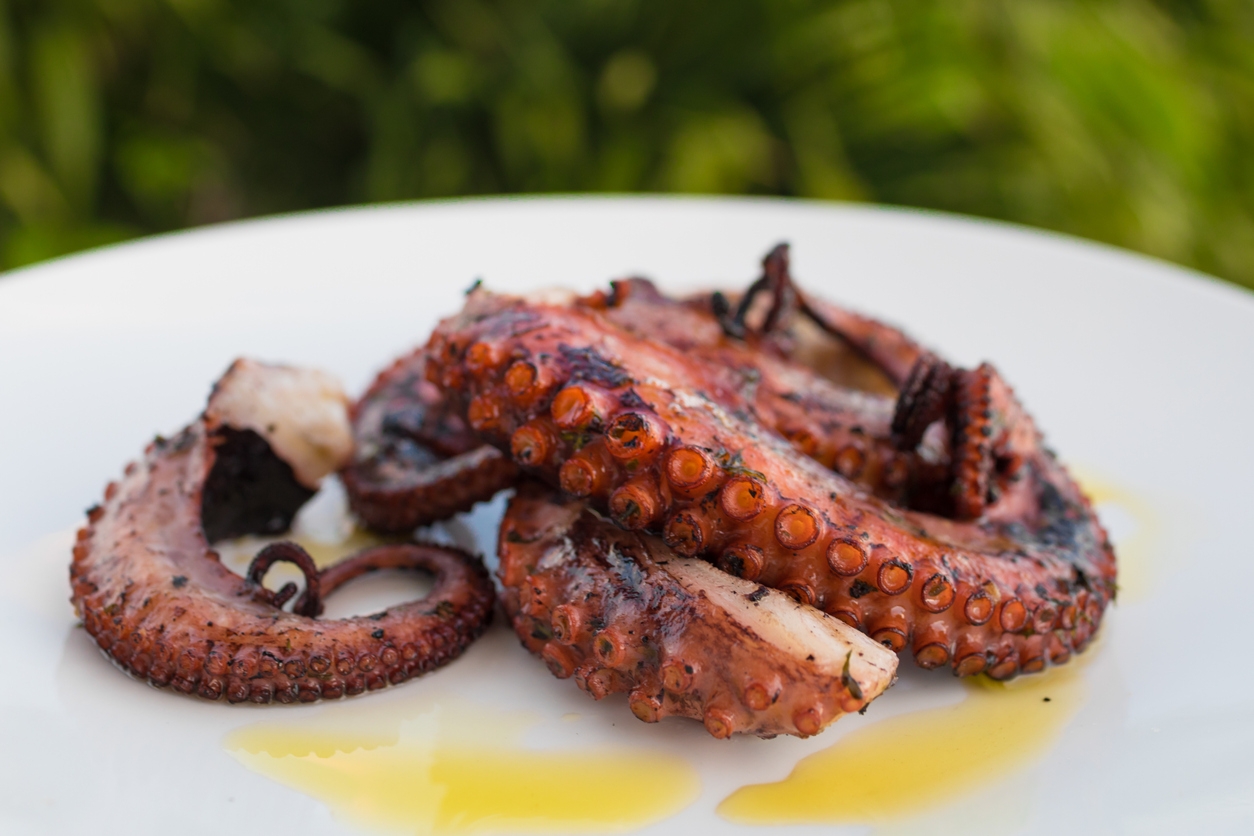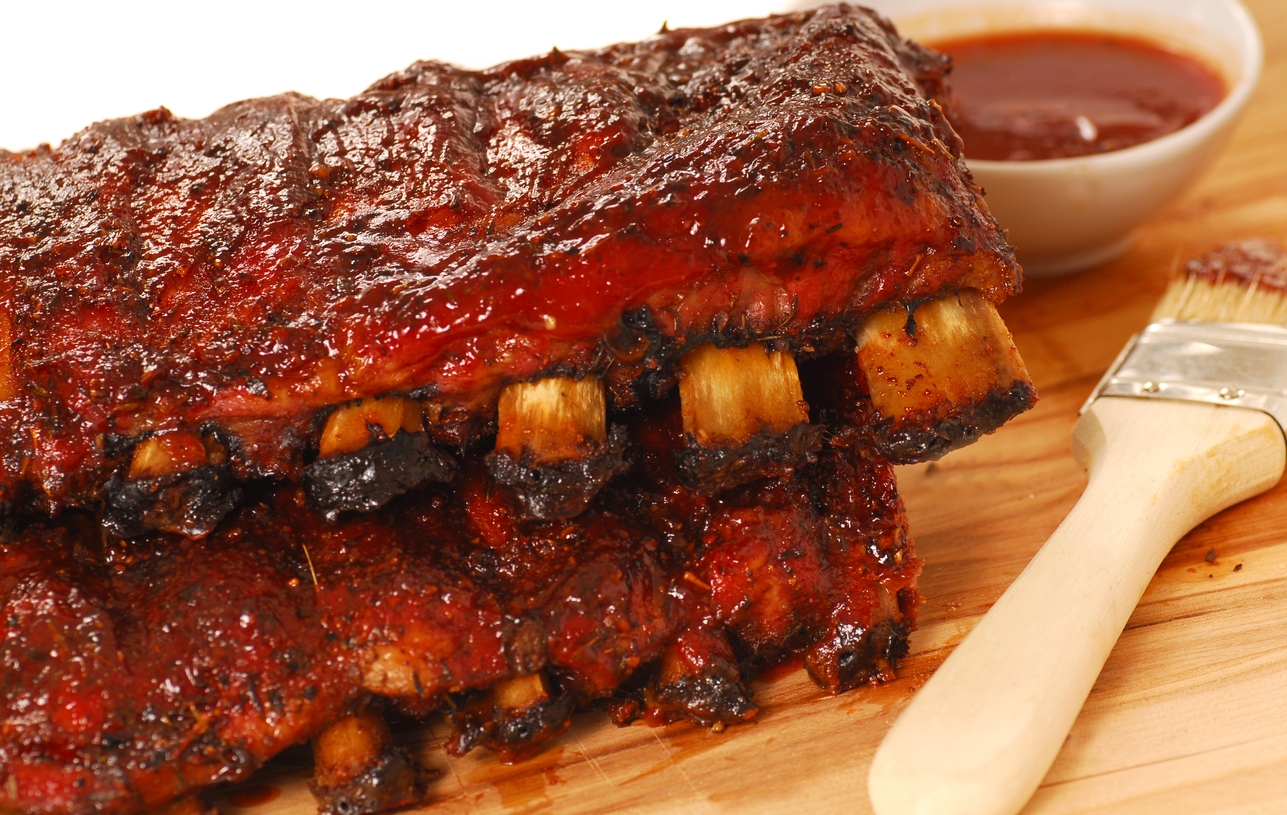Cooking Fish Properly
Seafood like red meat is a good source of high quality protein. This means it contains all the essential amino acids needed to build and repair body tissue. Both lean and fatty fish are excellent choices for a healthful diet. Fish contains less total fat than red meat and the fat is low in saturated (the type of fat that raises blood cholesterol levels) and high in polyunsaturated and monounsaturated (the type of fat that does not raise blood cholesterol levels) fatty acids. For years nutritionists have suggested including more seafood in the diet because low fat and low saturated fat diets are linked to a reduced risk of heart disease. In addition, new research is showing that the omega-3 fatty acids found in seafood, especially the fattier fish.
The cardinal rule of cooking seafood is cook it thoroughly, but don’t over cook. Unlike meat, seafood takes a fairly short time to cook. Cooking develops flavor and kills any bacteria or parasites in seafood. It’s not meant to make it tender. Overcooking will make it dry.
Basic Cooking Techniques:
- Measure fish thickness at the thickest part (including stuffing, if stuffed)
- Cook 12 minutes per inch of thickness at the thickest part. Turn fish halfway through the cooking time, unless it is less than 1/2 thick.
- Bake: at 450 degrees.
- Fry: Lightly batter or coat with a mix of flour and corn meal and fry at 360 degrees until crispy.
- Broil: about 5″ from the heat source. Turn fish halfway through. Season and dot fish with butter or baste with sauce.
- Poach/Steam: In liquid at a simmer or on a rack over boiling liquid and covered. Use fish broth or lightly salted water, or season with herbs or vegetables, wine or vinegar.
- Stew: In seasoned broth with a variety of cooked vegetables (fish is added at the end of cooking time to avoid over cooking the fish and under cooking the vegetables).
- Add 5 minutes to the total cooking time if fish is wrapped in foil or cooked in a sauce.
- There are two ways to test whether a fish is cooked properly.
- Eye Test: When the center or the thickest part loses it’s shiny appearance and becomes opaque, the fish is done.
- Fork Test: Poke it; when the fish flakes easily, it is ready to eat.
- Use fresh fish if possible. If you must use frozen thaw completely before broiling.
- Wash fish in cold water and pat dry.
- Lightly brush broiler rack with salad oil and arrange fish on rack.
- Brush fish with one of the basting sauces listed below.
- Broil 4 inches from heat as directed in timetable below or until fish flakes easily with a fork, but is still moist.
- To serve remove fish to a heated platter and garnish with lemon wedges and parsley.
- Herbed Basting Sauce: Combine 2 tbs of canola oil, 2 tbs lemon juice, 1/4 tbs paprika, 1/4 tsp dried marjoram, 1/4 tsp thyme. Brush fish several times with this mixture while cooking.
- Curried Basting Sauce: Combine 2 tbs of canola oil, 2 tbs lemon juice and 1 tsp of curry powder. Brush on fish while cooking.
- Lemon Mustard Basting Sauce: Combine 3 tbs lemon juice with 1tsp dry mustard and 1 crumbled bay leaf. Brush on fish while cooking.
Love Food So Good Mall







No Comments